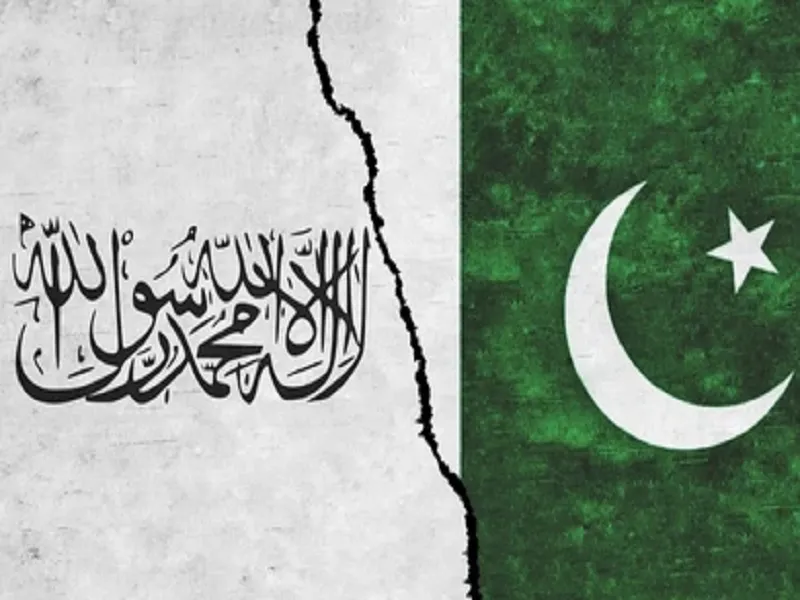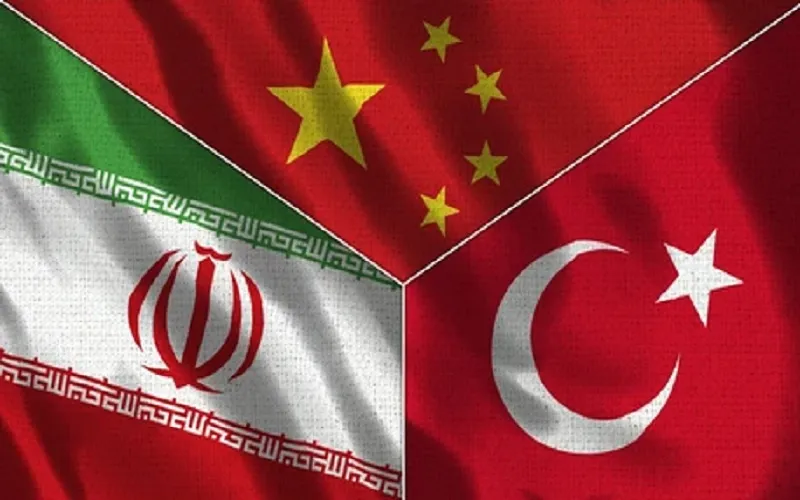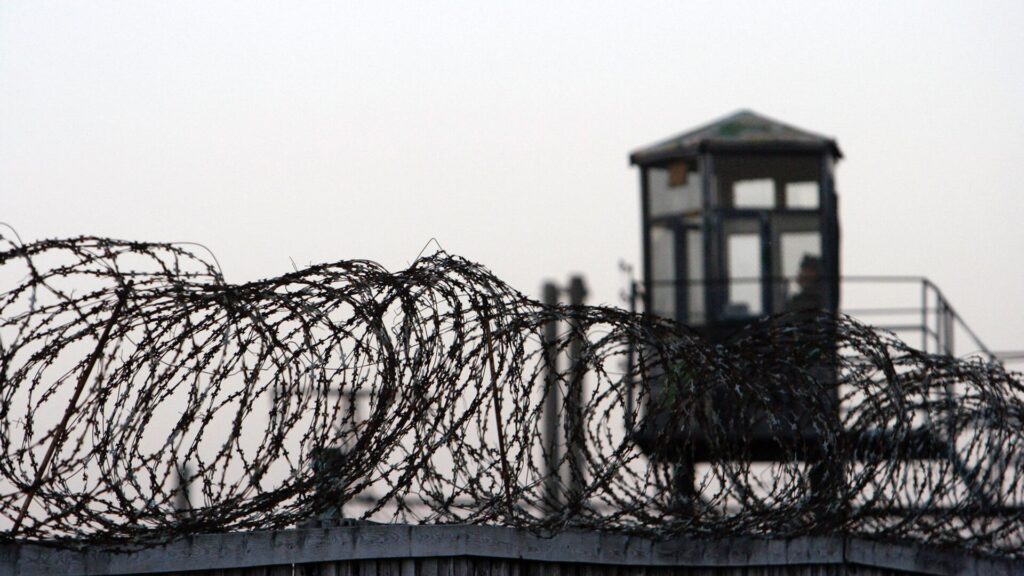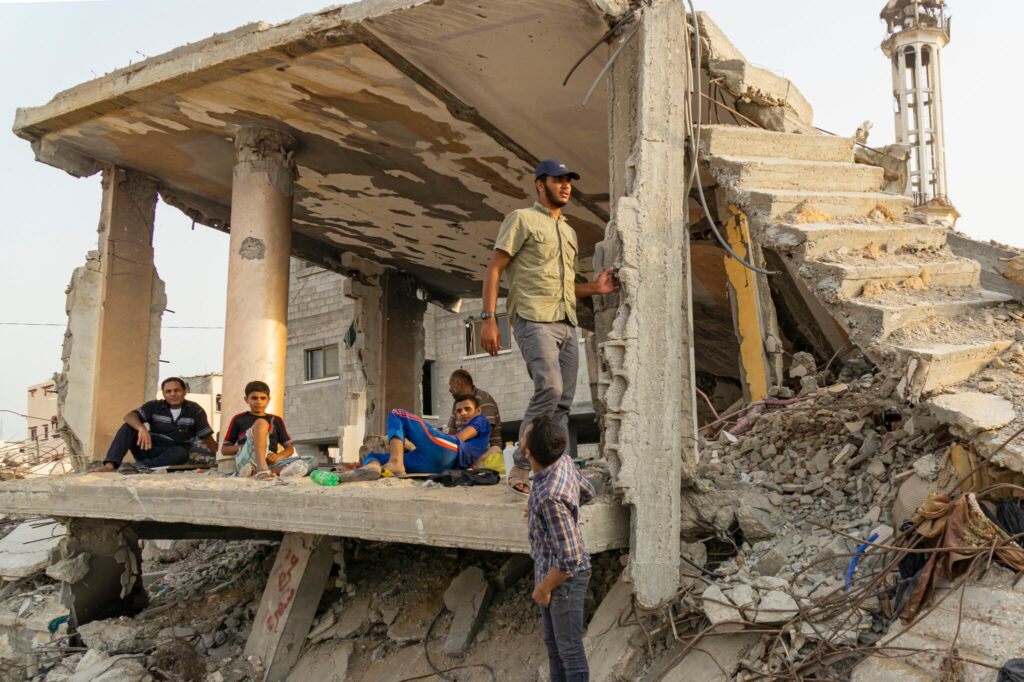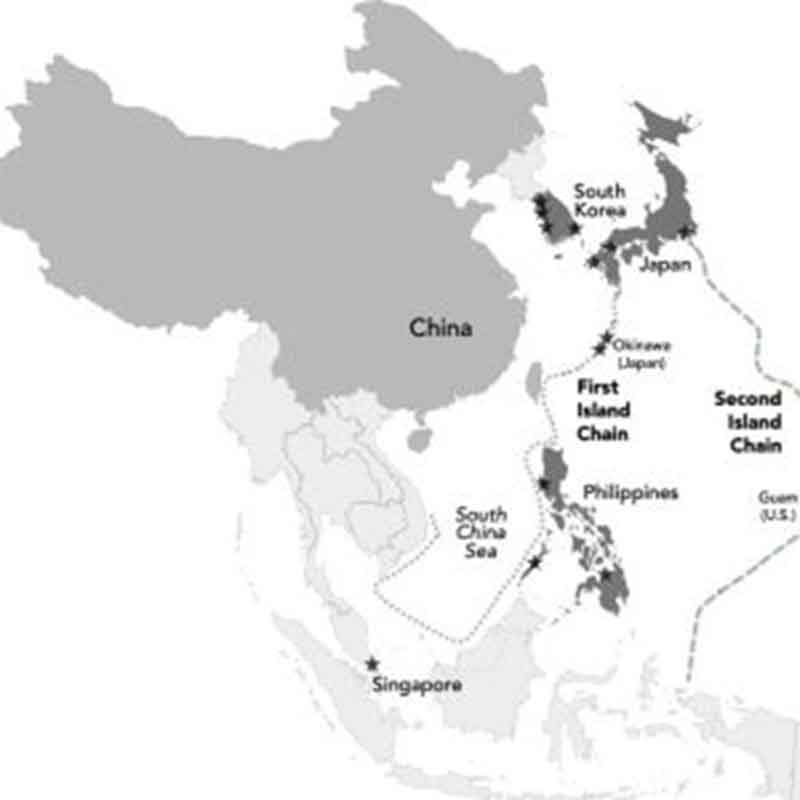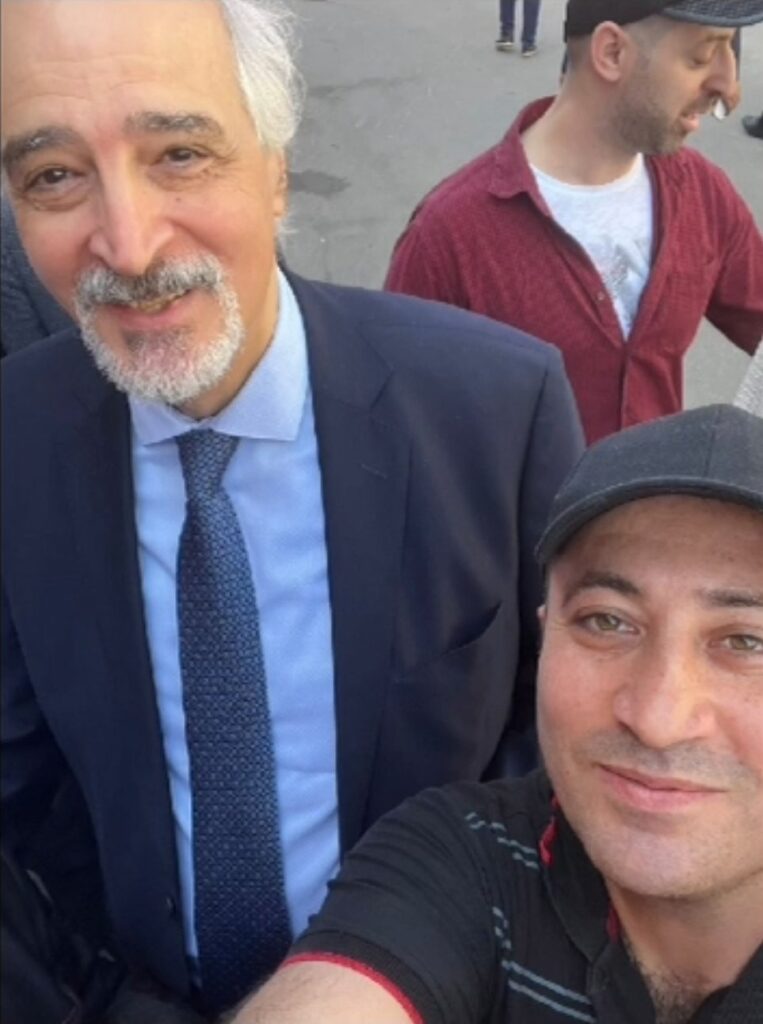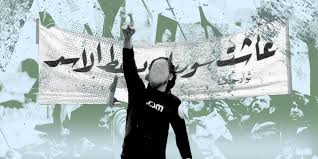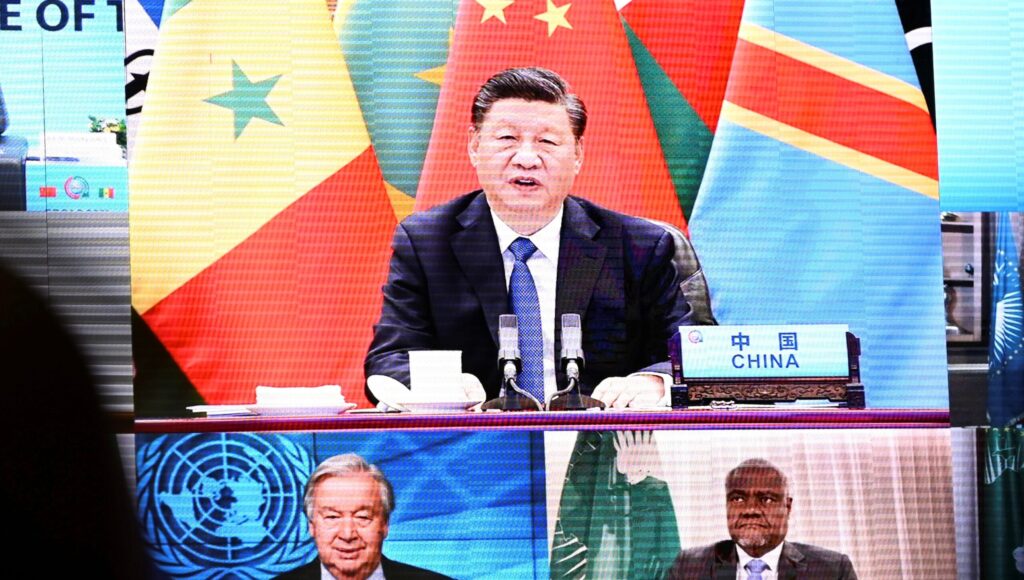The TTP’s Terrorist Threat To Pakistan Is Metastasizing
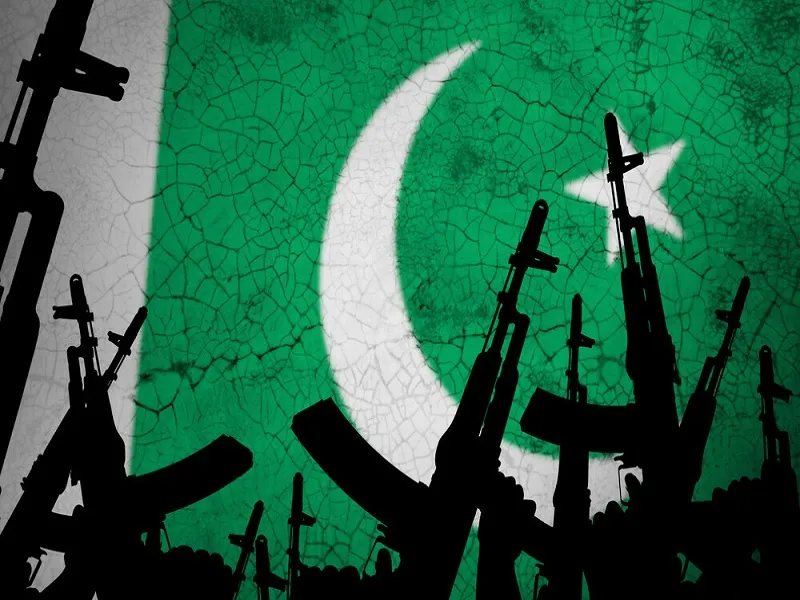
The challenge ahead is a formidable one that will require the military-intelligence services to fully focus on this newly metastasized terrorist threat in order to emerge victorious, which in turn necessitates their top brass giving them the order to abandon the all-out nationwide crackdown against the opposition. Pakistan’s prior large-scale anti-terrorist operations succeeded precisely because those carrying them out weren’t distracted by political witch hunts, which COAS Munir would do well not to forget.

